I just had a breast cancer screening, and the mammogram showed calcification. Does this condition have a risk of developing into cancer? (Tuyet Hanh, District 12)
Reply:
Calcifications are small deposits of calcium that are difficult to detect on ultrasound and breast MRI, and can only be detected on mammograms because calcium easily absorbs X-rays. On mammograms, calcifications appear as bright white spots or dots. This condition is common in postmenopausal women and can be benign or malignant.
Calcification is not related to dietary calcium. In older adults, aging causes many cellular changes that can lead to calcification. Sometimes the mammary gland cells secrete calcium into the ducts, which also causes calcification.
Trauma, chest infection, fibroadenoma, breast cyst, radiation therapy, calcium accumulation in blood vessel walls... are also factors that lead to calcification.
Calcifications can also be a sign of ductal carcinoma in situ (DCIS). This is a non-invasive (not yet spread) form of breast cancer that forms in the milk ducts.
Most calcifications are benign, but they can be a sign of cancer or precancer. Your case should be checked periodically to monitor the growth of the calcification.
On mammograms, doctors examine the size, shape, and distribution of calcifications, and perform further tests to rule out malignancy. Regular screening helps detect cancer early, and proper treatment can prevent the disease from progressing.
On mammograms, breast calcifications come in two forms: macrocalcifications and microcalcifications (very small calcifications). Macrocalcifications are large, coarse deposits of calcium in the breast, common in women over 50 years of age due to aging arteries, trauma to breast tissue, previous surgery or radiation therapy to breast tissue, infection of breast tissue, fibromas, cysts, calcium deposits in the skin or blood vessels. Macrocalcifications usually do not require follow-up or diagnostic biopsy.
Microcalcifications are tiny deposits of calcium. As breast cancer cells grow and divide, they create more calcium. Therefore, a large number of microcalcifications in the breast suggests that cancer cells are present, and a biopsy is needed to confirm the diagnosis.
When calcifications suggest benignity, the doctor compares the mammogram results with previous routine exams to determine if there are any unusual changes. When the doctor suspects malignancy, the patient needs a biopsy. About one in four women with suspicious calcifications have a biopsy that diagnoses breast cancer, usually in the pre-invasive stage of ductal carcinoma in situ. Indeterminate cases require regular follow-up every 6-12 months.
MSc. Dr. Huynh Ba Tan
Department of Breast Surgery, Tam Anh General Hospital, Ho Chi Minh City
| Readers ask questions about cancer here for doctors to answer |
Source link








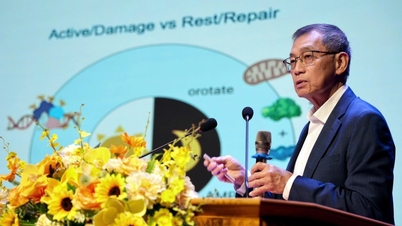

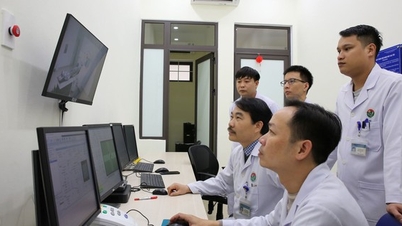






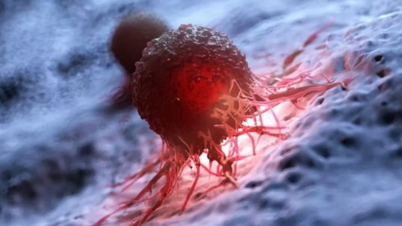


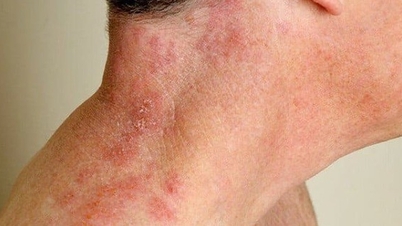

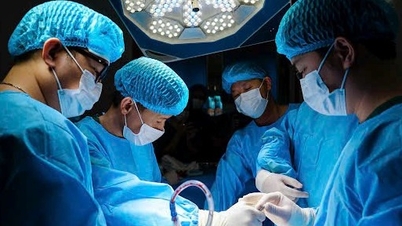






























































































Comment (0)